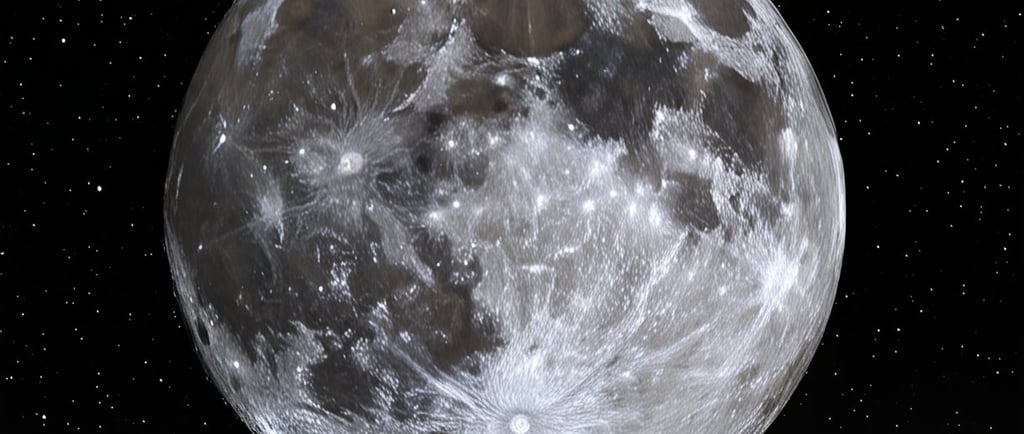Ganymede: The Largest Moon in Our Solar System


Introduction to Ganymede
Ganymede, one of Jupiter's many moons, is a fascinating celestial body that has captivated astronomers and space enthusiasts alike. With a diameter of approximately 5,268 kilometers, Ganymede is not only the largest moon in the solar system, but it is also larger than the planets Mercury and Pluto. This extraordinary size allows Ganymede to hold a unique position in the study of extra-terrestrial bodies and their geological and atmospheric conditions.
Unique Characteristics of Ganymede
One of the most striking features of Ganymede is its icy surface, which is a result of its composition primarily made up of water ice and rocky elements. This vast expanse of ice is believed to cover a subsurface ocean, which raises intriguing possibilities about the moon's potential habitability and the existence of life beyond Earth. Ganymede's surface displays a diverse landscape with grooves, ridges, and craters, showcasing geological activity that spans billions of years.
The Importance of Ganymede in Astrobiology
Astrobiologists are particularly interested in Ganymede due to its potential for harboring life. The presence of a subsurface ocean is a critical factor, as liquid water is one of the essential ingredients for life as we know it. Researchers are actively studying Ganymede through observations made by spacecraft, including the Galileo orbiter and the forthcoming Europa Clipper mission, which aims to gather further insights into the moon's ocean and ice shell dynamics. Understanding the environmental conditions on Ganymede could provide valuable information about the possibilities of life in similar icy worlds throughout the universe.
In conclusion, Ganymede stands out in the expanse of the solar system with its immense size and intriguing characteristics. As we continue to explore Jupiter's icy moon, our knowledge of the solar system and the conditions that could support life will certainly evolve, possibly changing our understanding of our place in the universe.
